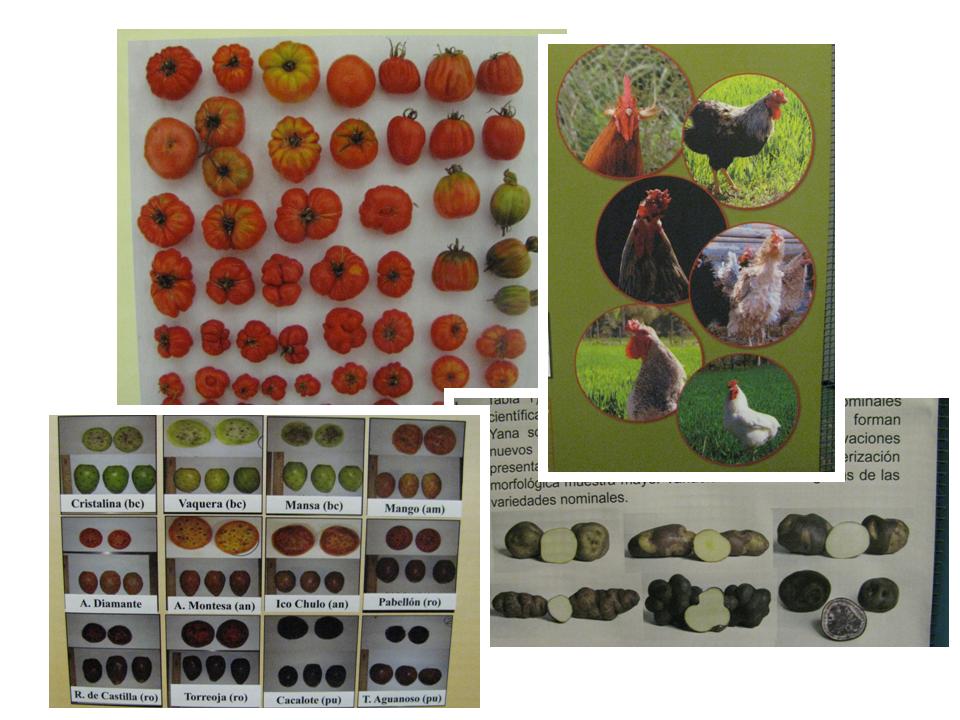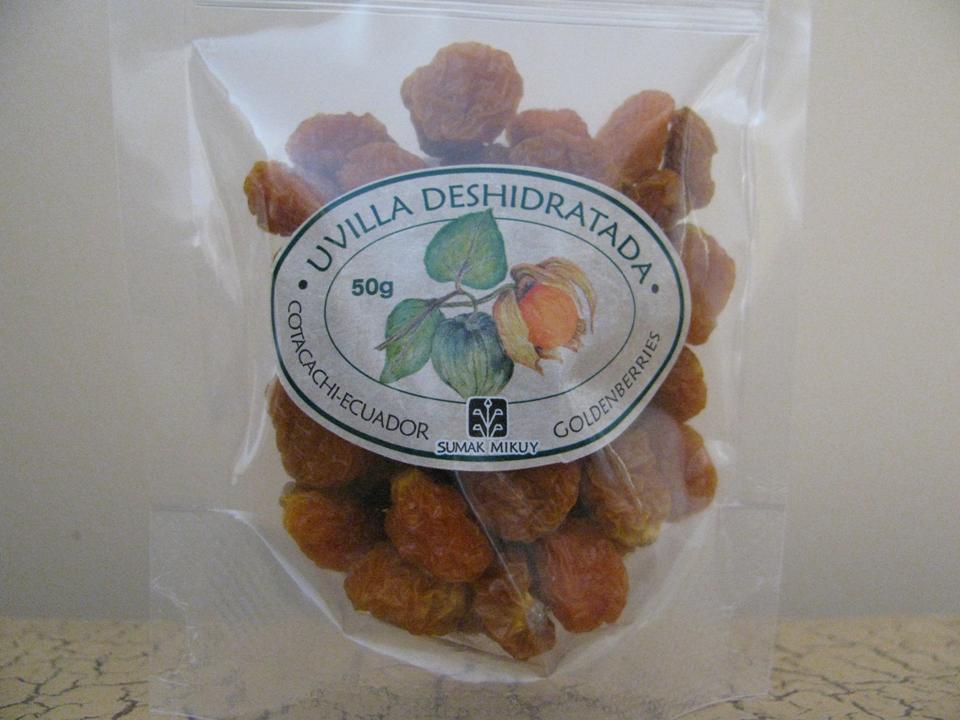- Speaking of Cinderella fruits, quince gets a good going over.
- Coffee prices and more — from the market marker’s mouth. h/t cas-ip.
- Some chocolate might help distressed coffee growers.
- IFPRI milking its Millions Fed. We highlight Improving diet quality and micronutrient nutrition and The mungbean transformation diversifying crops, defeating malnutrition.
- China gets cracking in Mozambique. Maybe they’ll be waking up exhausted seeds.
Lost apples found
![]() It is an incontestable fact that of 7100 named varieties of apples grown in the United States in the 1800s, 6800 are extinct, “no longer to be seen again” according to Cary Fowler.
It is an incontestable fact that of 7100 named varieties of apples grown in the United States in the 1800s, 6800 are extinct, “no longer to be seen again” according to Cary Fowler.
Or, maybe not.
A press release gives an insight into a study on the Identification of Historic Apple Trees in the Southwestern United States and Implications for Conservation. ((Kanin J. Routson, Ann A. Reilley, Adam D. Henk, & Gayle M. Volk (2009). Identification of Historic Apple Trees in the Southwestern United States and Implications for Conservation Horticultural Science, 44, 589-594)) The bad news is that 11 varieties now account for 90% of all apple sales in the US, with 41% down to a single variety. The good news is that apple trees can live to a good old age, and if the land they’re on isn’t needed for anything else, old trees can still be found.
Kanin J. Routson of the University of Arizona and Ann A. Reilley, Adam D. Henk and Gayle M. Volk at the USDA’s National Center for Genetic Resources Preservation looked at 280 apple trees growing in 43 historic farmstead and orchard sites in Arizona, Utah, and New Mexico. They compared DNA from those trees to 109 known apple varieties that were introduced to the American southwest around the end of the 19th century. The 280 samples harboured 144 different genotypes, 34 of which could be identified with known varieties introduced by commercial nurseries and the USDA. Those 34 covered 120 of the trees. That left 160 trees, and 110 genotypes, with “unique fingerprints that did not match any of the fingerprinted cultivars”.
Of course, some of the unidentified varieties might still be traceable to varieties held in the USDA Apple Collection, not all of which have been DNA fingerprinted. Others could well be seedlings, kept because people valued their fruits. A close look at their fingerprints might reveal parentage. But some, surely, are bound to be lost varieties that once had names. As DNA sequencing becomes cheaper and cheaper, one could hope that even herbarium specimens would be put into the line-up to see whether any of the lost varieties are actually alive and well and holed up somewhere in the American southwest.
Stop Press: Yesterday’s New York Times editorialised on the same subject.
Agrobiodiversity on display at SIRGEALC
One of the pleasures of going to SIRGEALC is looking at the posters. I especially like the ones which feature photographs of agrobiodiversity along with the required graphs and tables. Here are some impressions: Opuntia and tomatoes from Mexico, potatoes from Peru and chickens from Chile.

One of the themes of the meeting was the development of lesser-known native agrobiodiversity, especially fruits. Here’s an example of value-adding and marketing of native fruits from the prize-winning agro-ecotourism project in Cotacachi, Ecuador, about which we’ve blogged before.

In fact, Physalis seems to be a really up-and-coming fruit in its native continent. It was also on sale in dry form in Chile (along with other, more familiar, fruits).

Helping the guarango
And here’s another nice agrobiodiversity video, though not part of the contest Jeremy refers to in the previous post. It’s about the guarango (Prosopis pallida) tree of the Peruvian coast. Once central to pre-Columbian culture for its pods, wood and ecosystem services, it is now “near extinction in the Ica-Nasca region.” But it’s not going down without a fight, and it is getting some help, for example from a Kew reforestation project. Thanks, Charlotte.
Nibble: Wild apples, Genetic erosion, Bananas, Cow DNA, Honeybee virus survey, Women and traditional agriculture
- BBC slideshow on the wild apples of Khazakhstan.
- Malawi breeder decries genetic erosion.
- Bananas good for food security in central Africa. Well, yes.
- The ruminant family tree deconstructed.
- Public to help researchers locate wild honeybee colonies in Hawaii.
- “No Pesticides No Foreign Drinks.”